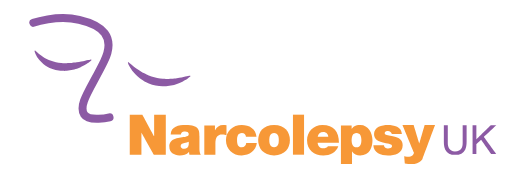Information for healthcare professionals
Even if you are a healthcare professional involved in the care of someone who potentially has narcolepsy, you may be unfamiliar with this rare neurological condition.
Narcolepsy is a chronic neurological condition characterised by excessive daytime sleepiness and, often, an array of additional symptons, including (but not limited to) cataplexy, sleep paralysis, halluncinations, sleep fragmentation, vivid dreams, poor memory, automatic behaviour and obesity.
Narcolepsy is a disability that affects around 1 in 2,500 people, approximately 30,000 people, in the UK.
There is currently no cure, although medication and lifestyle changes can make life more manageable.
In most cases of narcolepsy, there is a loss of neurons that produce hypocretin (also known as orexin). This is a neurotransmitter that plays a central part in the regulation of alertness, motivation and mood. This damage is thought to be the result of an autoimmune attack arising from a combination of genetic disposition and an insult to the immune system.
Idiopathic hypersomnia shares some of the same symptons as narcolepsy, although its cause is no yet known.
All people with narcolepsy experience excessive daytime sleepiness (EDS), characterised by persistent and overwhelming sleepiness during the daytime. The pressing need to sleep usually builds over minutes, but some people with narcolepsy can also experience “sleep attacks” where the transition from wake to sleep occurs without warning.
The majority of (but not all) people with narcolepsy will also experience cataplexy, a sudden loss of muscle tone triggered by intense, often positive, emotions such as surprise or laughter. The severity and duration of a cataplectic attack varies widely between people, and from one situation to the next. It may cause the lips to quiver and eyelids to close, the jaw to drop and the head to slump, slurred speech and the complete inability to vocalise, to paralysis of skeletal muscles and eventual collapse. Importantly, a person experiencing cataplexy will remain completely conscious (in contrast to sleep or epilepsy).
When people with narcolepsy are tired, they can exhibit automatic behaviour, loosing consciousness but still able to perform routine tasks as if awake.
Many people with narcolepsy also experience sleep paralysis on a regular basis, waking up to find themselves unable to move. This state will usually resolve in a matter of minutes, but it can be extremely alarming and is often accompanied by terrifying hallucinations.
In narcolepsy, the prevalence of obesity is twice that of the general population, most likely the result of a drop in the metabolic rate that occurs following the loss of hypocretin.
You may need further help to understand what narcolepsy is, what causes it, and how narcolepsy is diagnosed. You may need guidance in relation to the various treatments that are available.
You may find this article helpful; it was written by a GP and originally published in Pulse in November 2018.
Please also take the time to learn about us and our work, and please do become a Friend of Narcolepsy UK, so that we can keep you informed with all our latest news.
We would also be delighted if you were to attend one of our events, especially our annual conference.
